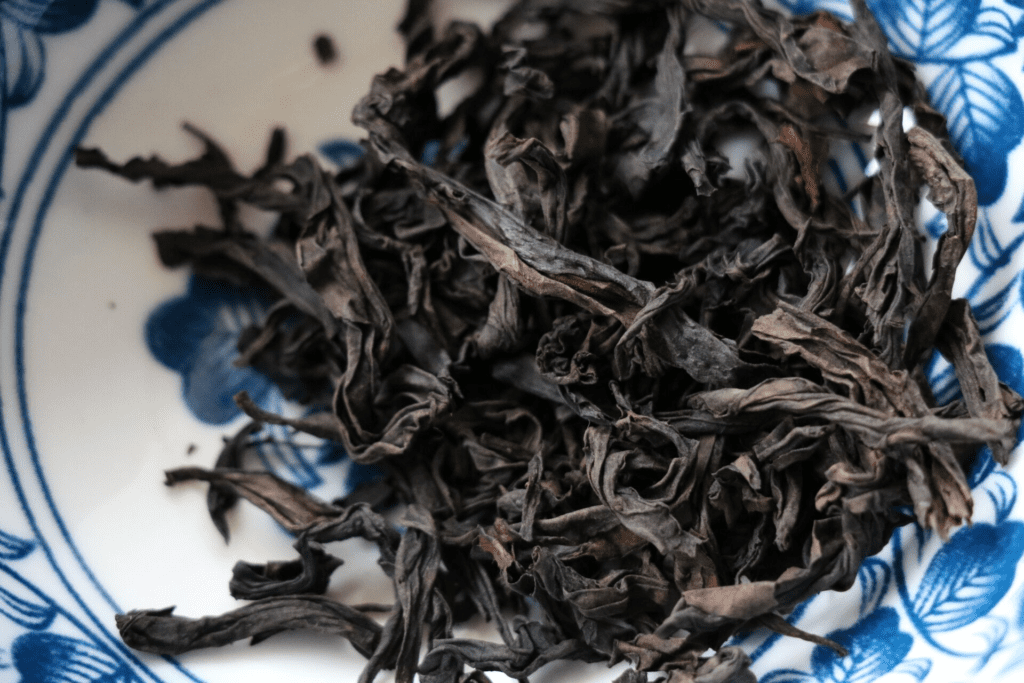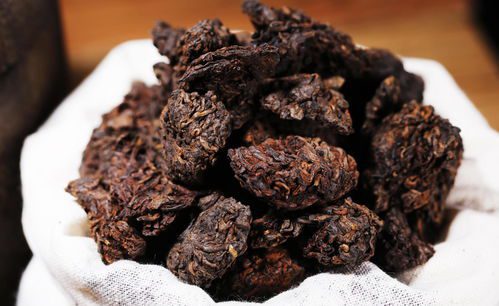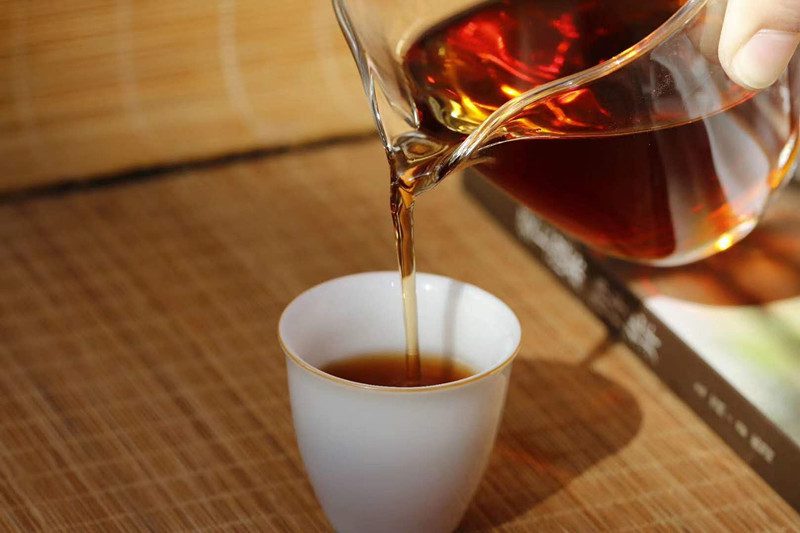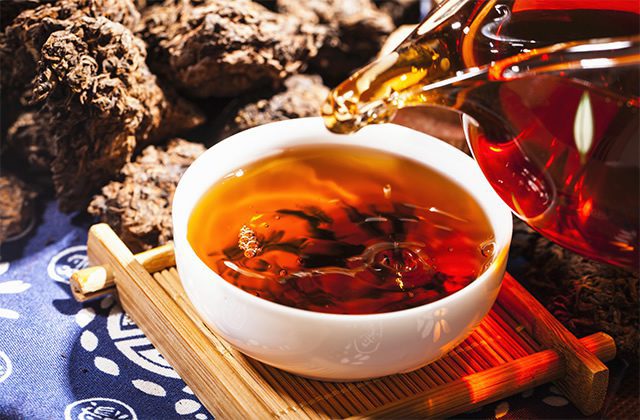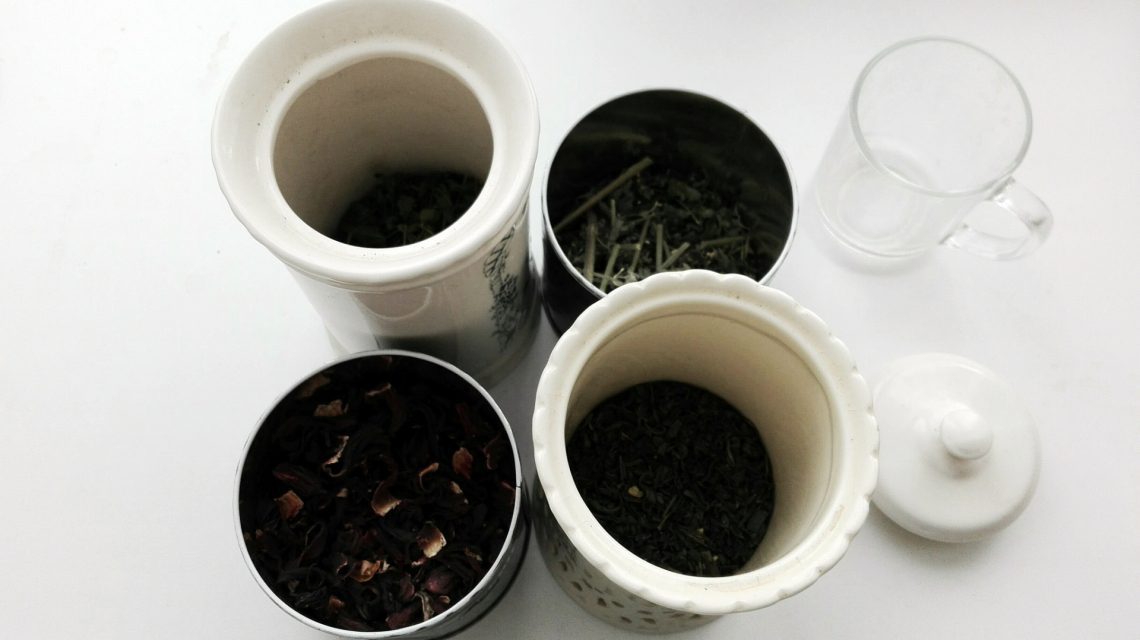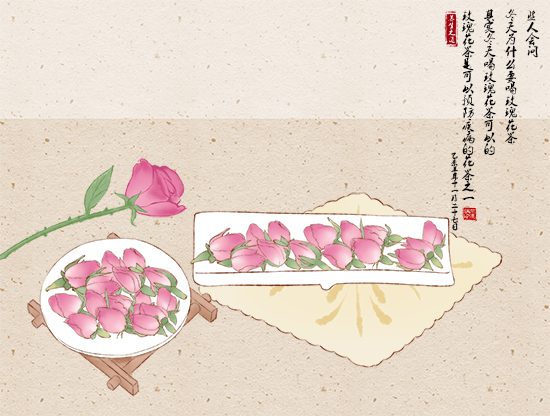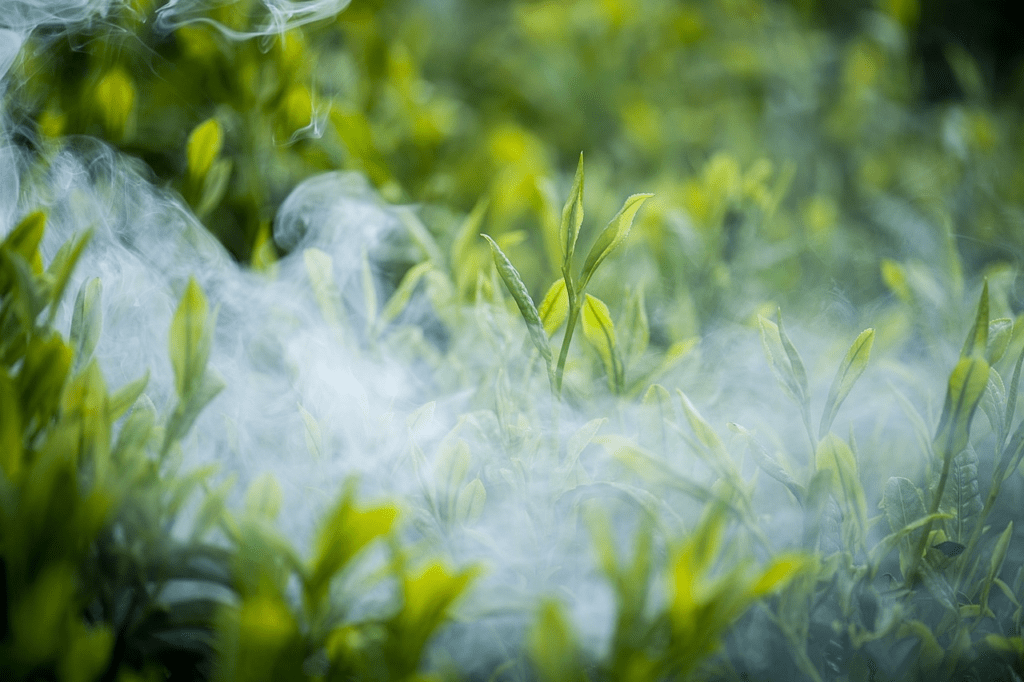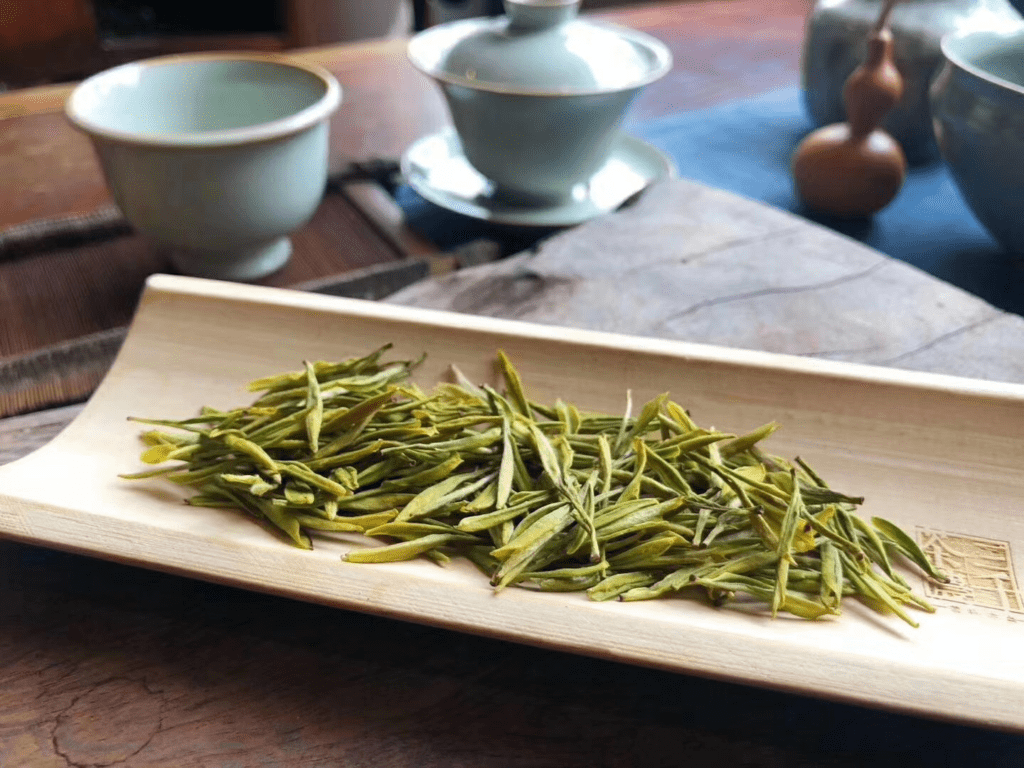Pu-erh tea, as a treasure in Chinese tea culture, is known for its unique fermentation process and aging potential. It is not only a beverage, but also an embodiment of culture and art. However, in the face of the wide array of Puerh tea on the market, how to choose a Puerh tea that suits you? This article will provide you with an exhaustive guide to selecting Puerh tea, helping you find that tea that matches your soul.
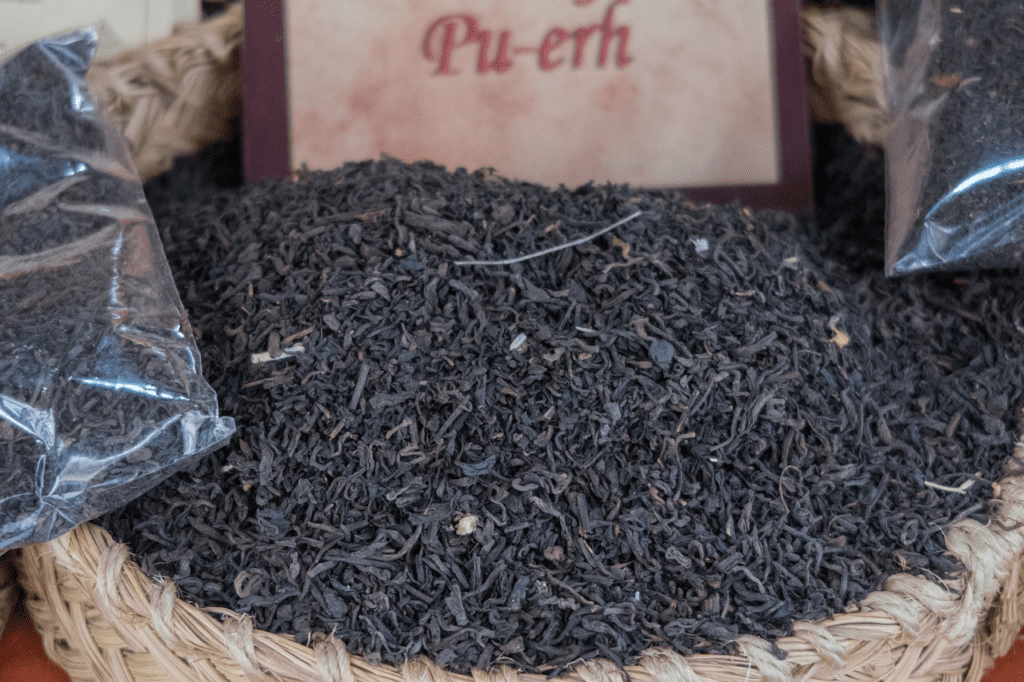
Understanding the Basics of Puerh Tea
Before selecting Puerh tea, we first need to understand some basic knowledge of Puerh tea. Puerh tea is divided into two categories: raw tea and ripe tea. Raw tea, i.e. Puerh tea without artificial fermentation, will gradually change from astringent to sweet with the passage of time, and has a high collection value. Ripe tea, on the other hand, is artificially fermented and has a mellow taste, making it suitable for immediate consumption.
Introduction to Pu'er Tea
Pu'er Tea belongs to the black tea category and is native to Xishuangbanna Dai Autonomous Prefecture in Yunnan Province, named after its main production area in Pu'er City. The production process of Puerh Tea is unique, after withering, greening, kneading, drying and other processes, and then through natural or artificial fermentation. The quality of Pu-erh tea mainly depends on the raw materials, process and degree of aging of the tea leaves.
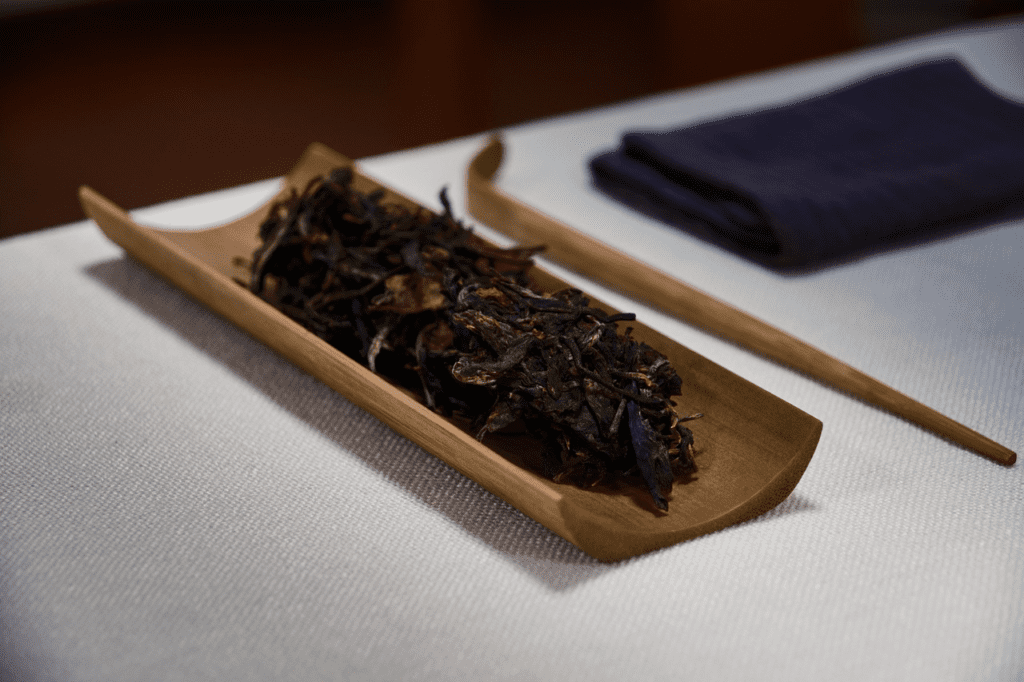
Origin of Pu'er Tea
The origin of Pu'er tea has a decisive influence on its quality. Xishuangbanna, Pu'er City and Lincang in Yunnan Province are the main production areas of Pu'er tea. The flavor and quality of Pu'er tea from different origins vary. Understanding the characteristics of different origins can help you better choose the Pu'er tea that suits you.
Appearance and Aroma of Puerh Tea
Appearance and aroma are two factors that should not be ignored when selecting Puerh tea. High-quality Pu-erh tea has an oily color, tightly knotted cords and intact leaves. In terms of aroma, raw tea usually has a fresh grassy fragrance, while ripe tea has a unique aged aroma. The quality of Pu-erh tea can be preliminarily judged through observation and sniffing.
Tasting Puerh Tea
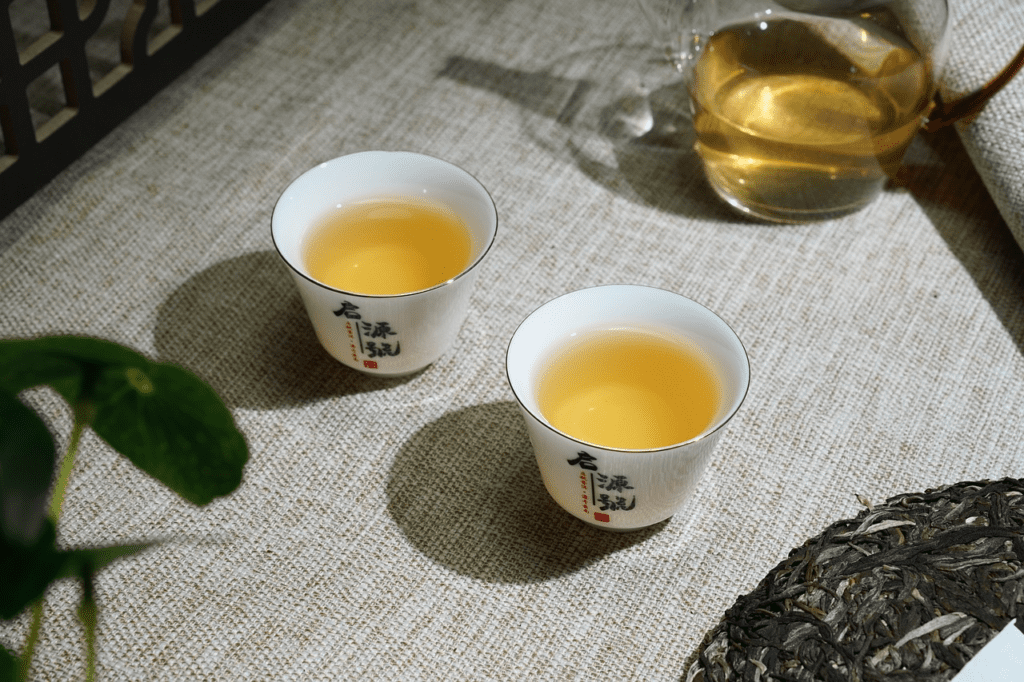
Tasting is an important part of selecting Puerh tea. A good Puerh tea has a mellow flavor and a long-lasting aftertaste. The flavor of raw tea is more refreshing, while ripe tea is more intense. When tasting, pay attention to the color, taste and sweetness of the tea broth, which are important criteria for evaluating the quality of Puerh tea.
concluding remarks
The world of Pu-erh tea is vast and profound, and picking a Pu-erh tea that suits you takes time and experience. We hope that this article's guide to picking Pu-erh tea will help you find that perfect tea for you in the sea of Pu-erh tea. Remember, tea tasting is a kind of enjoyment as well as a kind of cultivation, may you go further and further on the road of tea tasting.






